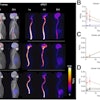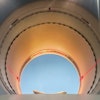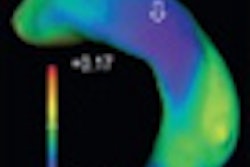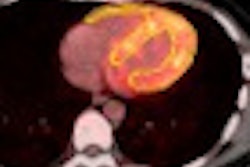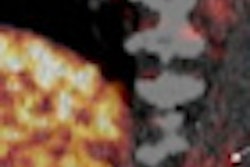Monday, November 29 | 9:25 a.m.-9:35 a.m. | VM21-06 | Arie Crown Theater
Positron emission mammography (PEM) is more specific than MRI for surgical management in women with ipsilateral breast cancer, according to researchers from Johns Hopkins at Green Spring Station in Lutherville, MD.In this Monday paper presentation, Wendie Berg, MD, PhD, and colleagues will present findings from their study that compared PEM's performance to that of breast MRI in a cohort of 472 women.
Between September 2006 and November 2008, 472 women with newly diagnosed breast cancer who had been offered breast-conserving surgery participated in the study, undergoing both bilateral contrast-enhanced MRI and FDG-PEM in random order. Of the total cohort, 388 completed the study; median tumor size was 1.5 cm. The exams found additional cancers in the alternate breast in 82 women; median tumor size of these cancers was 0.7 cm.
Of the 82 additional cancers:
- MRI alone found 21 (26%)
- PEM alone found 14 (17%)
- Both MRI and PEM found 28 (34%)
- Review of the original, conventional mammography and ultrasound found seven (8.5%)
- All modalities missed 12 (15%)
Of the 306 women without additional cancer, PEM found 279, or 91.2%, a better performance than MRI, which found 264, or 86.3%. Furthermore, adding PEM to breast MRI improved the detection of ductal carcinoma in situ, finding 32 out of 52, compared with 22 out of 52 for breast MRI alone.
When conventional imaging is combined with PEM, it offers high specificity and provides an alternative for women who can't tolerate MRI, Berg concluded.


